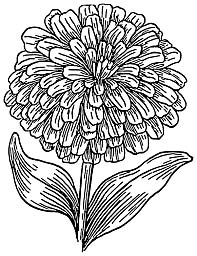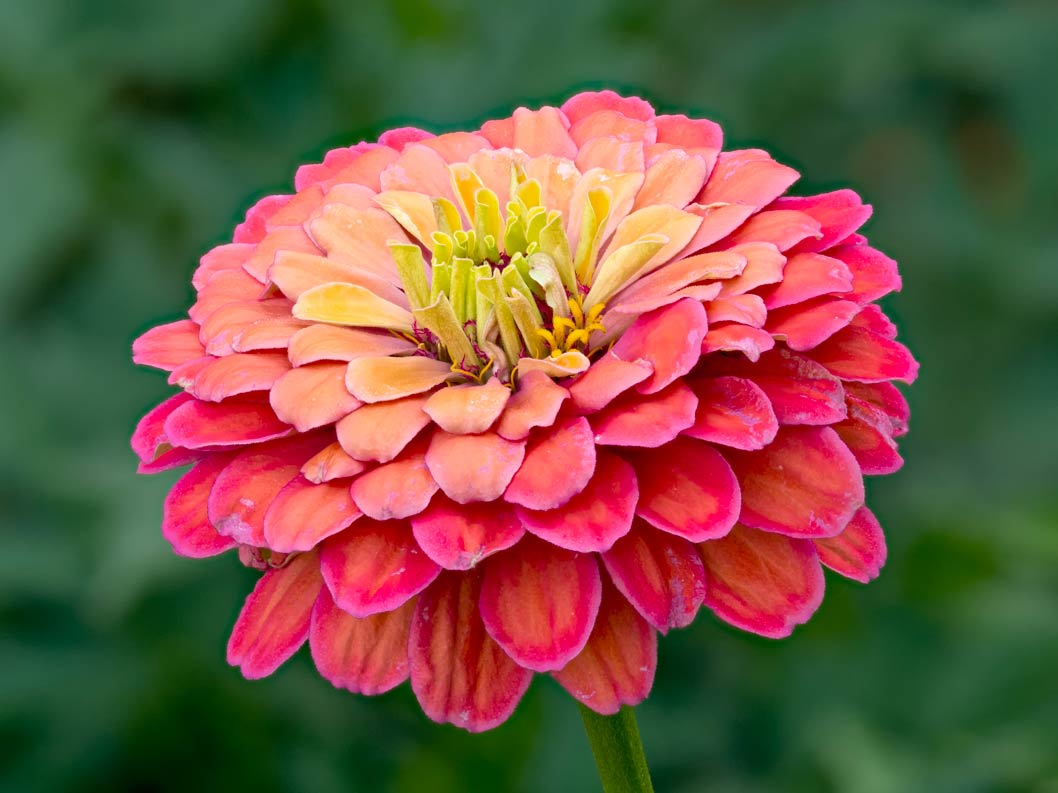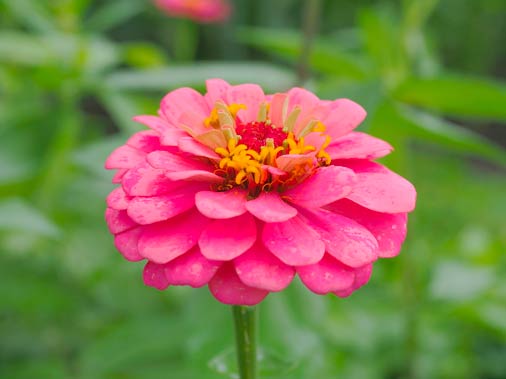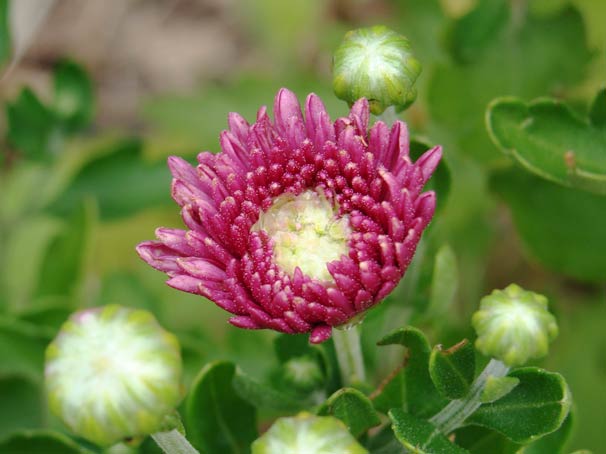The zinnia flower is a popular garden plant known for its vibrant and colorful blooms. These flowers come in a variety of colors, from bright reds, blue, and oranges to soft pinks and yellows. But did you know that the zinnia flower also holds special meaning and symbolism?
In this article, we’ll explore the zinnia flower’s meaning and uncover the many ways in which this beautiful bloom is celebrated around the world.
Table of Contents
Zinnia Flower Meaning: What Does it Symbolize?
Zinnia flowers have been used for centuries to symbolize various meanings, and they hold a special place in the world of floral symbolism. These flowers are known to represent love, affection, friendship, constancy, good wishes, endurance, and strength. Let’s explore these meanings in more detail.
- Love and Affection: Zinnia flowers are often given as a gift to express love and affection. They are a popular choice for Valentine’s Day, anniversaries, and other romantic occasions. The vibrant and bold colors of zinnia flowers are said to represent intense feelings of love and passion.
- Lasting Friendship: Zinnia flowers are also a symbol of lasting friendship. They are often given as a gift to show appreciation and gratitude for a friend who has been a constant support in your life. The bright and cheerful colors of zinnias are said to represent the joy and happiness of a strong friendship.
- Constancy and Faithfulness: The zinnia flower is also a symbol of constancy and faithfulness. These flowers are often given as a gift to show someone that you will always be there for them, no matter what. The strong and sturdy stems of zinnias represent the steadfastness of a loyal friend or partner.
- Good Wishes and Well-Wishes: Zinnia flowers are also a popular choice for expressing good wishes and well wishes. They are often given as a gift to wish someone luck, happiness, and success. The bright and vibrant colors of zinnias are said to represent the positive energy and optimism of a new beginning.
- Endurance and Strength: Finally, zinnia flowers are also a symbol of endurance and strength. These flowers are known for their ability to withstand heat, drought, and other harsh conditions. They are a reminder that even in the toughest times, we can find the strength to endure and persevere.
White zinnias are known to symbolize purity, innocence, and goodness. The color white is often associated with cleanliness and simplicity, making white zinnias a popular choice for wedding bouquets and other special occasions.
In addition to their symbolic meaning, white zinnias also add a sense of calm and tranquility to gardens and floral arrangements. Whether used alone or paired with other colors, white zinnias can make a stunning statement in any setting. If you’re looking to add a touch of elegance and purity to your garden or event, consider incorporating white zinnias into your design.
The zinnia flower’s meaning is rich with symbolism and history. Whether you are giving them as a gift or enjoying them in your own garden, zinnia flowers are a beautiful way to express a variety of emotions and sentiments.
Pink zinnias, specifically, are known to symbolize love, romance, and gratitude. The soft and delicate shade of pink is often associated with feminine energy and tenderness, making pink zinnias a popular choice for expressing feelings of love and appreciation.
Whether used in a bouquet for a special occasion or planted in a garden to add a touch of romance, pink zinnias are sure to bring joy and beauty to any space. Overall, zinnias are special for their beauty, versatility, and ease of care, making them a beloved flower for gardeners and floral enthusiasts alike.
Origins of the Zinnia Flower
 The zinnia flower is a beloved annual plant that is native to Mexico and South America. The flower is a member of the Asteraceae family, which includes daisies, sunflowers, and asters. Zinnias come in a wide variety of colors and shapes and are known for their bright, bold blooms.
The zinnia flower is a beloved annual plant that is native to Mexico and South America. The flower is a member of the Asteraceae family, which includes daisies, sunflowers, and asters. Zinnias come in a wide variety of colors and shapes and are known for their bright, bold blooms.
The name “zinnia” comes from German botanist Johann Zinn, who first described the plant in the 18th century. However, the origins of the zinnia flower go back much further than that. The ancient Aztecs used the zinnia flower in their religious ceremonies, and they believed that the flower had healing powers.
The Spanish conquistadors who arrived in Mexico in the 16th century were also impressed by the beauty of the zinnia flower. They brought the flower back to Europe, where it quickly became popular among gardeners and botanists. By the 18th century, zinnias were being grown in gardens all over Europe and North America.
In the 19th century, breeders began to develop new varieties of zinnias with larger blooms, more vibrant colors, and longer stems. These improvements made zinnias even more popular as a garden plant, and they remain a favorite among gardeners today.
Today, zinnia flowers are grown all over the world, and they are a common sight in gardens, parks, and public spaces. They are known for their long-lasting blooms, easy care, and cheerful colors. Zinnias are a symbol of endurance and strength, and they remind us that even in the toughest conditions, we can find beauty and joy.
Cultural Significance of the Zinnia Flower
Zinnia flowers have a rich cultural significance that spans across different societies and time periods. In Mexico, zinnias are considered a symbol of strength and endurance, often used in Day of the Dead celebrations and to decorate churches during the holiday season.
In Victorian England, zinnias were associated with thoughts of absent friends and given as gifts to those missed dearly. In the language of flowers, zinnias have different meanings depending on their color, such as red symbolizing deep affection, white representing goodness and purity, yellow associated with friendship, and pink symbolizing romantic love.
In art and literature, zinnias have been used as subjects in various works, with artists like Frida Kahlo incorporating them into their art to symbolize the strength and resilience of Mexican culture.
In modern times, zinnias are a popular choice for gardens and landscaping. They are easy to grow and come in a wide range of colors, making them a versatile addition to any outdoor space. Overall, the zinnia flower remains a beloved symbol of joy and beauty with a rich cultural significance.
Types of Zinnia Flowers
Zinnia flowers come in a wide range of colors, shapes, and sizes. There are many different types of zinnias, each with its own unique characteristics.
The most common types of zinnias include:
- Single-flowered zinnias – with one row of petals
- Double-flowered zinnias – with multiple rows of petals, giving them a fuller look
- Cactus zinnias – with thin, quilled petals that resemble a cactus
- Button zinnias – with small, round flowers resembling buttons
- Dahlia-flowered zinnias – with large, round flowers similar in appearance to a dahlia.
Zinnias also come in a range of colors, from bright reds and oranges to soft pinks and yellows. They are a popular choice for gardens and landscaping due to their easy-to-grow nature and versatility in design. Whatever the type, zinnias are sure to add a pop of color and beauty to any outdoor space.
Zinnias are fairly easy to care for. They prefer full sun and well-drained soil. Water them regularly, but make sure not to overwater as this can cause root rot. Deadhead the flowers to encourage new blooms and pinch back the stems to promote bushier growth.
The length of time zinnias bloom can vary depending on the variety and growing conditions. However, on average, zinnias will bloom from early summer to the first frost of fall.
Zinnias are special for several reasons. For one, they are very easy to grow and care for, making them a popular choice for gardeners of all skill levels. Additionally, zinnias come in a wide range of colors, shapes, and sizes, making them a versatile and beautiful addition to any garden or floral arrangement.
In conclusion, zinnia flowers are a versatile and beautiful addition to any garden or landscaping design. With their wide range of colors, shapes, and sizes, zinnias can symbolize various meanings such as friendship, strength, and endurance. They are easy to care for and can be used for cut flowers, making them a popular choice among gardeners and florists alike. Zinnias have a rich cultural significance and have been used in various traditions and cultures throughout history. Whether you’re looking to add a pop of color to your garden or celebrate a special occasion with a bouquet of zinnias, these lovely flowers are sure to bring joy and beauty to any space.



